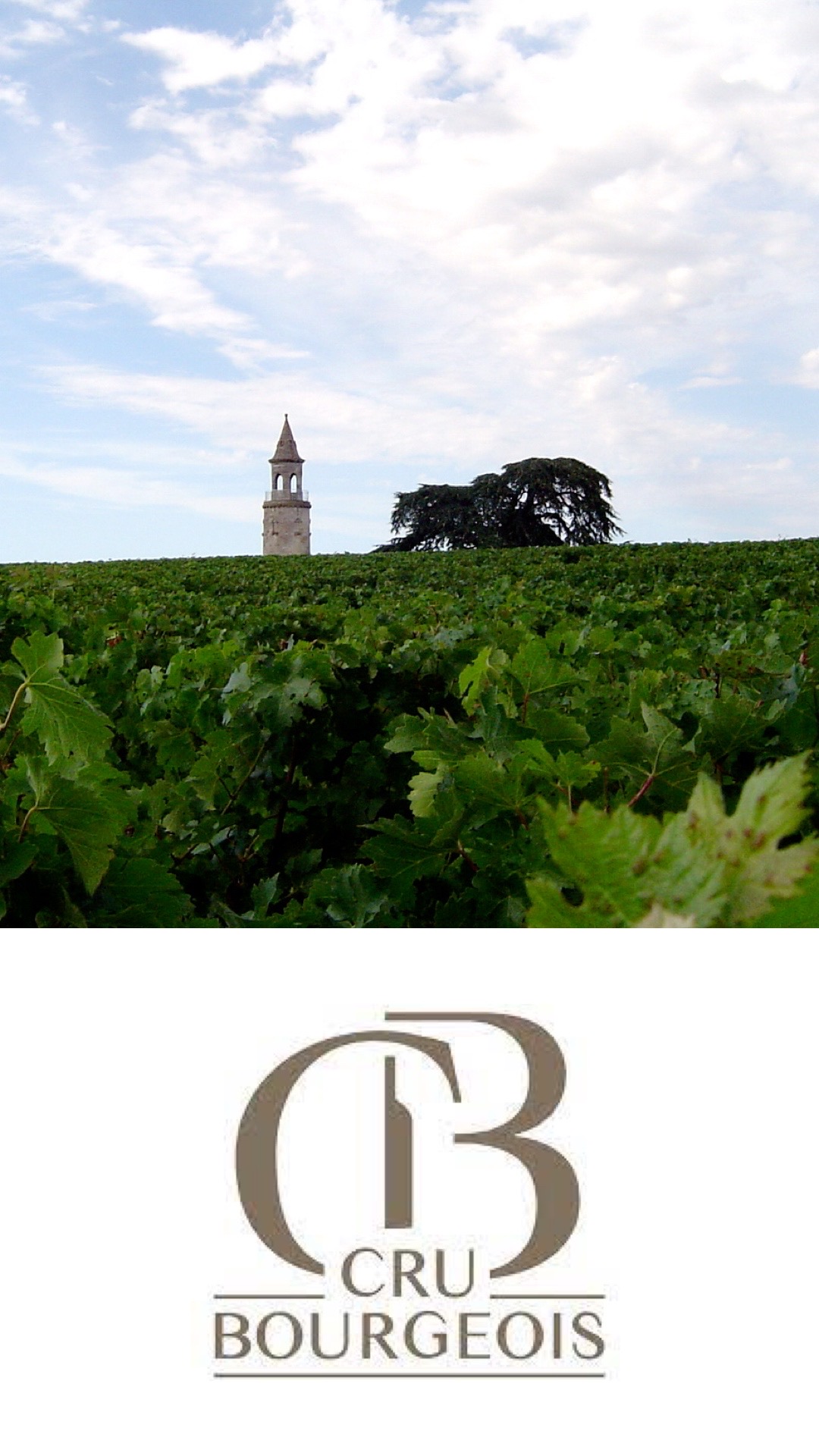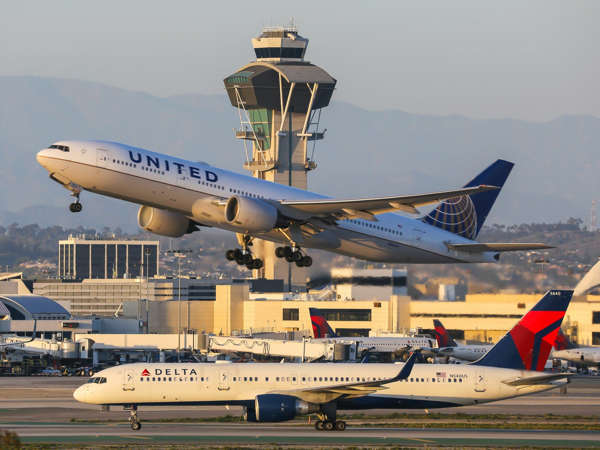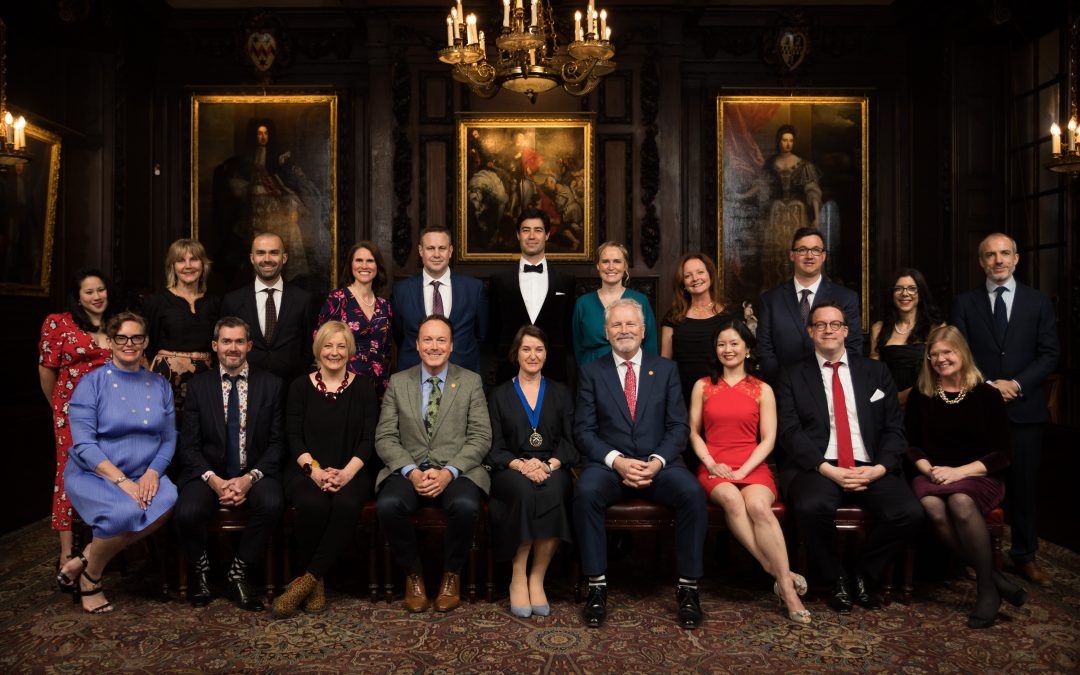Elizabeth Gabay is a Master of Wine and the world’s foremost rosé expert. She is the author of ‘Rosé: Understanding the Pink Wine Revolution’ (2018), the ‘Buyers Guide to the Rosés of Southern France’ (2021),and was recently on the panel of the Rosé Wine Session, Concours Mondial de Bruxelles.
When did you discover your passion for rosé and what fascinates you about it?
EG: Quite late. I was turned off by the marketing of the lifestyle image, swimming pool wine. Around 2015, I started to taste more interesting rosés – but still only from Provence. Once I started researching the rosé book in late 2016, I just discovered more and more. Rosé has the potential to be the most exciting wine category around.
What do rosé wines owe their rising popularity to?
EG: This is the multi-million-dollar question. Global warming, hotter summers. Young Millennial market looking for easy, fun, glamour drinks. The rise in quality. Excellent marketing campaign by Provence for the past 25 years.
What makes rosé wine so appealing to Millennials?
EG: Rose initially sold itself as a simple fun wine which did not need in-depth wine knowledge, vintage charts or a big budget. Marketing pushed the lifestyle image. 2010 and the rise of Instagram fed into this marketing.
Are rosé wines still more of a female drink?
EG: In many places, but not universally.
Is rosé a “summer wine”?
EG: No, it stopped being just a summer wine a while back. From easter to autumn…. The season is long and there are weightier rosés good throughout winter.
In terms of origin and style, what are the most sought-after rosés today?
EG: Provence still remains the most sought-after origin with ‘Provence-style’ being popular, although whether the consumer always knows what a Provence-style is other than being pale, is debatable. There are also very popular rosés in more local markets.
Currently, which are the most relevant rosé categories?
EG: I think the style is becoming as diverse as red and white. Sparkling is a massively growing sector, fresh dry rosé is a classic, natural ‘funky’ rosé is developing a small hipster market and I would love to see sweet pinks become more popular.
How do you see the future of rosé?
EG: I would like to see the wine trade not ashamed of rosé, for producers and the wine trade to recognize the full diversity of styles, for restaurant wine lists to offer as many different rosés as red and white wines. There is still a long way to go to educate the market.
Which are the rosé market trends to watch in 2022?
EG: Growth in premium and ultra-premium rosés and growth in regional identity.
Source: Concours Mondial Bruxelles
#rosewine #winelover #Saturday #Saturdayvibes #winetime #winestagram #winenews #winetrends #rosewinetime #rosewinelovers #rosewinelover #sparklingrosewine #frenchrosewine #loverosewine #provencerose #rosewinetasting #provence #dryrosewine #rosewineday #iloverosewine #rosewineallday #womeninwine #nationalrosewineday #rosewinespritzer #rosewineparty #pinkrosewine





